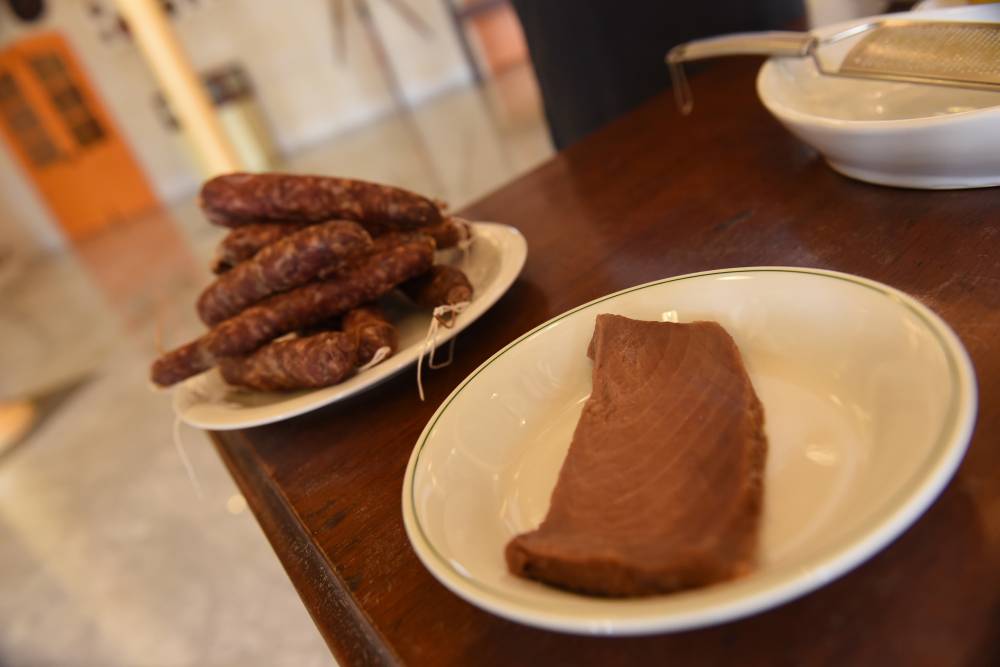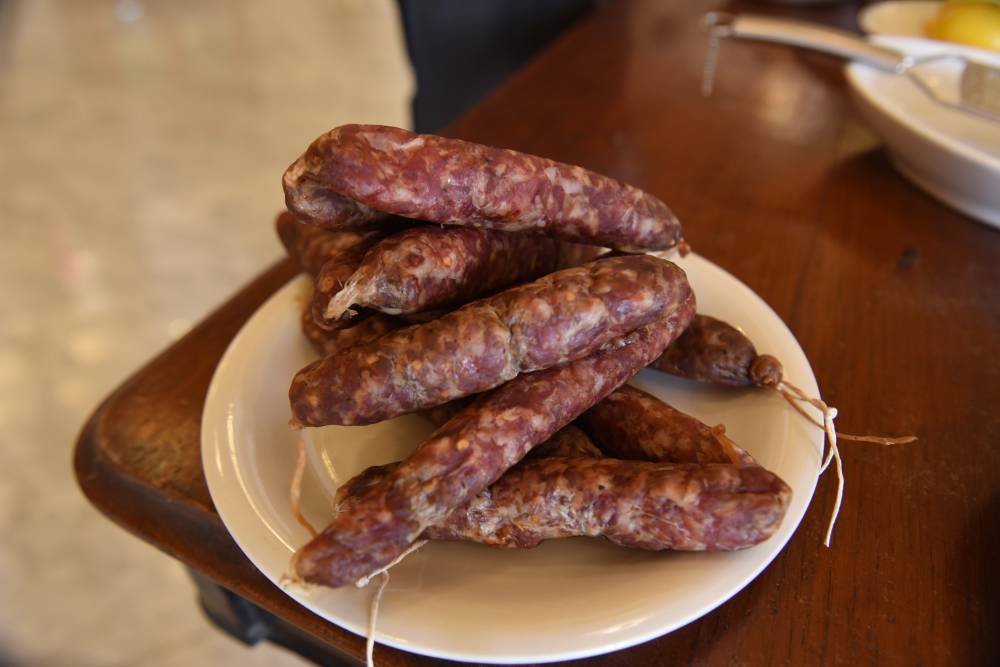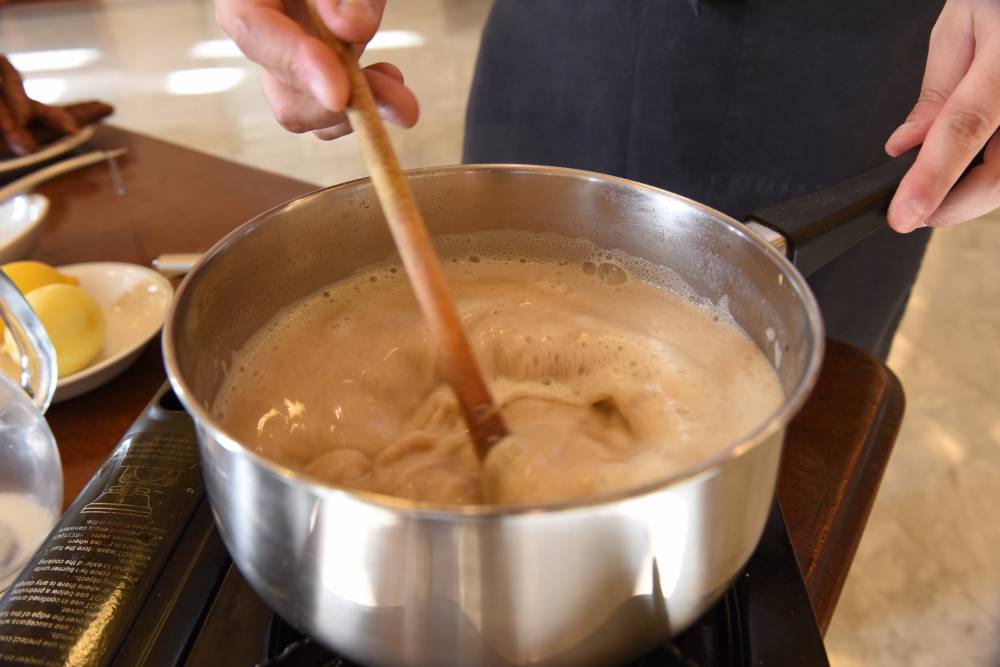Food from the 18th Century: A taste of Maltese history
Recipes and merchandise receipts offer a glimpse into the Maltese cuisine of the 18th century for a Knights’ banquet

Heritage Malta and the Malta Tourism Authority are teaming up to bring a banquet straight from the tables of the richest Maltese families from the 18th Century.
This project is part of a new interactive experience into Malta’s gastronomic history. The banquet, presented to foreign press, is being presented as an attempt to encourage foreigners to visit our country and enjoy its rich history.
After extensive research into the cuisine of the Knights of St. John, the team managed to suss out a ‘menu’– a word that didn’t exist at the time – that evokes an authentic experience of Maltese history.

The dishes, put together over a number of years, saw amateur chef and researcher Josef Baldacchino and museum curator Liam Gauci deciphering 18th century butcher’s receipts and Knights’ dictionaries in an attempt to curate recipes like Parmesan ice cream, a popular dessert at the time.
Parmesan ice cream presented its own set of conundrums. How could ice cream be a popular dish if there was no refrigeration at the time? The answer lay in harbour documents, which showed that Sicilian boat “La Tartara della Neve” picked up ice from Etna and brought it back to Victoria Gate, known as Del Monte gate at the time.

Cinnamon, an ingredient that could not be found in Malta during the 18th century, puzzled the team when it cropped up a number of times in their research. In fact, during the Great Siege, Maltese corsairs stole food from Turkish boats, often loaded with cinnamon, saffron and coffee and brought it back to the Maltese Islands.
We're experimenting with these ingredients to bring the most authentic taste of 18th Century Maltese cuisine
“Much of my work involved looking into the receipts of cooks on board boats of the Order of St. John,” continued Gauci. These receipts provided glimpses of the cuisine then – captains’ cooks asking for tagliatelle with pig’s brains and Maltese fishermen buying ‘bottarga’ (salted tuna eggs) allowed curators to put together an accurate list of dishes eaten.

“We’re experimenting with these ingredients to bring the most authentic taste of 18th Century Maltese cuisine,” Baldacchino said.
“The process has been going on for decades. Before we started, there were other historians who looked into the subject and we continued meeting other historians and building recipes piece by piece.”

.jpg)
For the team, the devil is in the details. Curators looked at paintings of Knights in the Louvre to pick out the precise décor and cutlery for the banquet.
Curators looked at paintings of Knights in the Louvre to pick out the precise decor and cutlery for the banquet
“Tourists who come to Malta can experience our country’s gastronomy in an interactive, immersive experience,” Gauci said. Cuisine, he insisted, provides a point of conversation that can explain culture in an informative, interactive and delicious way. French tourists, for instance, are always fascinated to learn that French king Louis XV was so obsessed with Maltese lemons that he bought a plot of land in Ħamrun to grow lemon trees, which he later imported to Versailles.
“This [Parmesan ice cream] has brought together elements from harbours across the world,” Gauci said.


